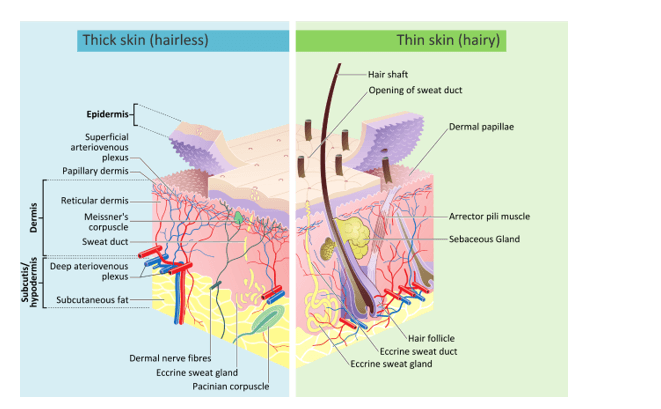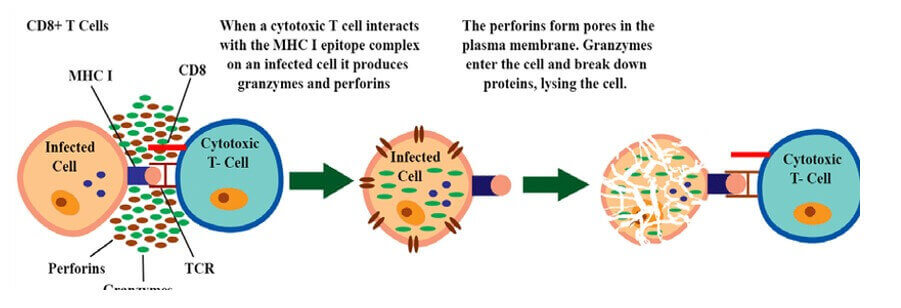Use the table below to answer the question. Object Mass (g) Time of fall (sec) 1 5.0 2.0 2 5.0 1.0 3 30.0 0.5 4 35.0 1.5 Which of the following conclusions is supported by the data?
A. Objects A and B will fall at the same rate.
B. The greater the mass of an object, the faster it will fall.
C. The time of fall is independent of the mass of the object.
D. Air resistance could be greater for A than for B.
Therefore, the Correct Answer is D.




